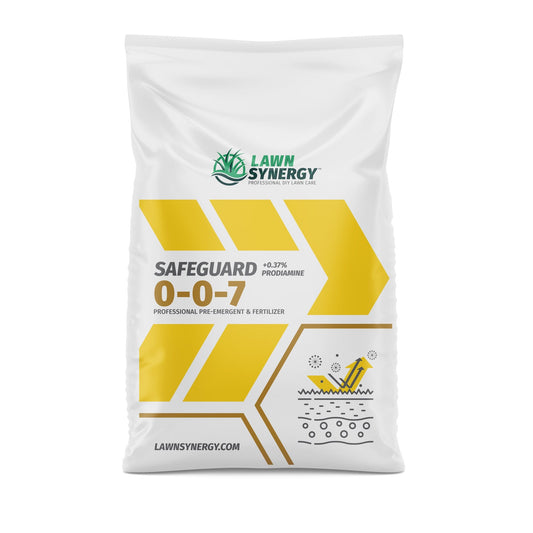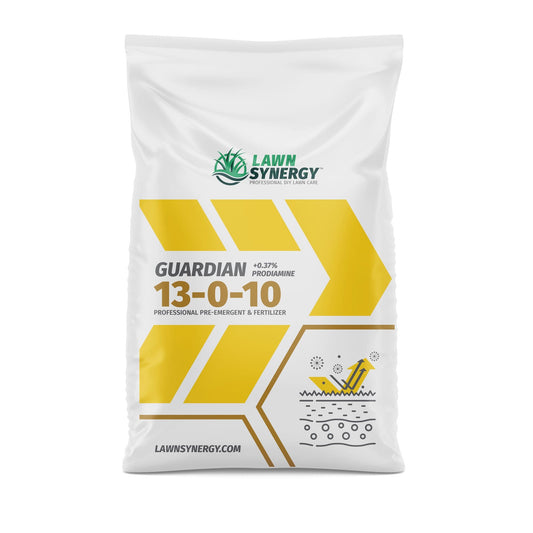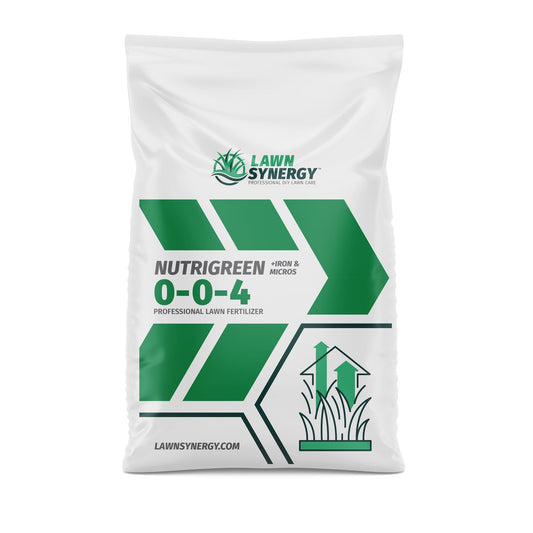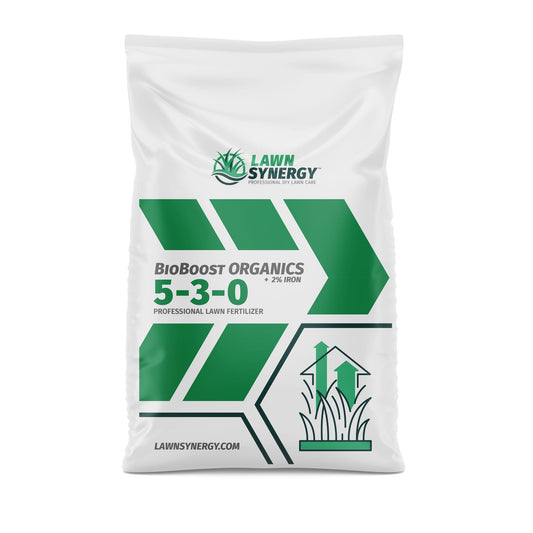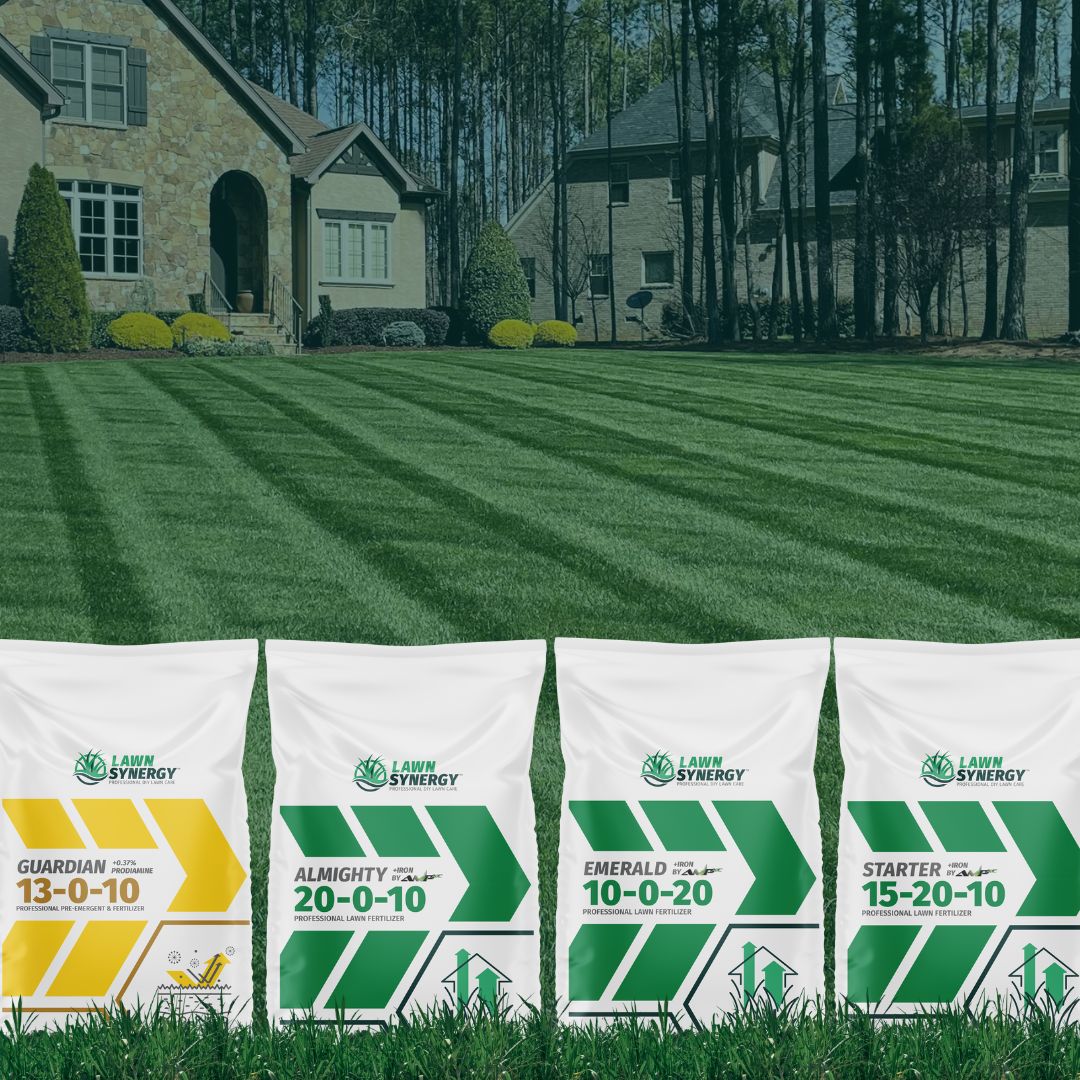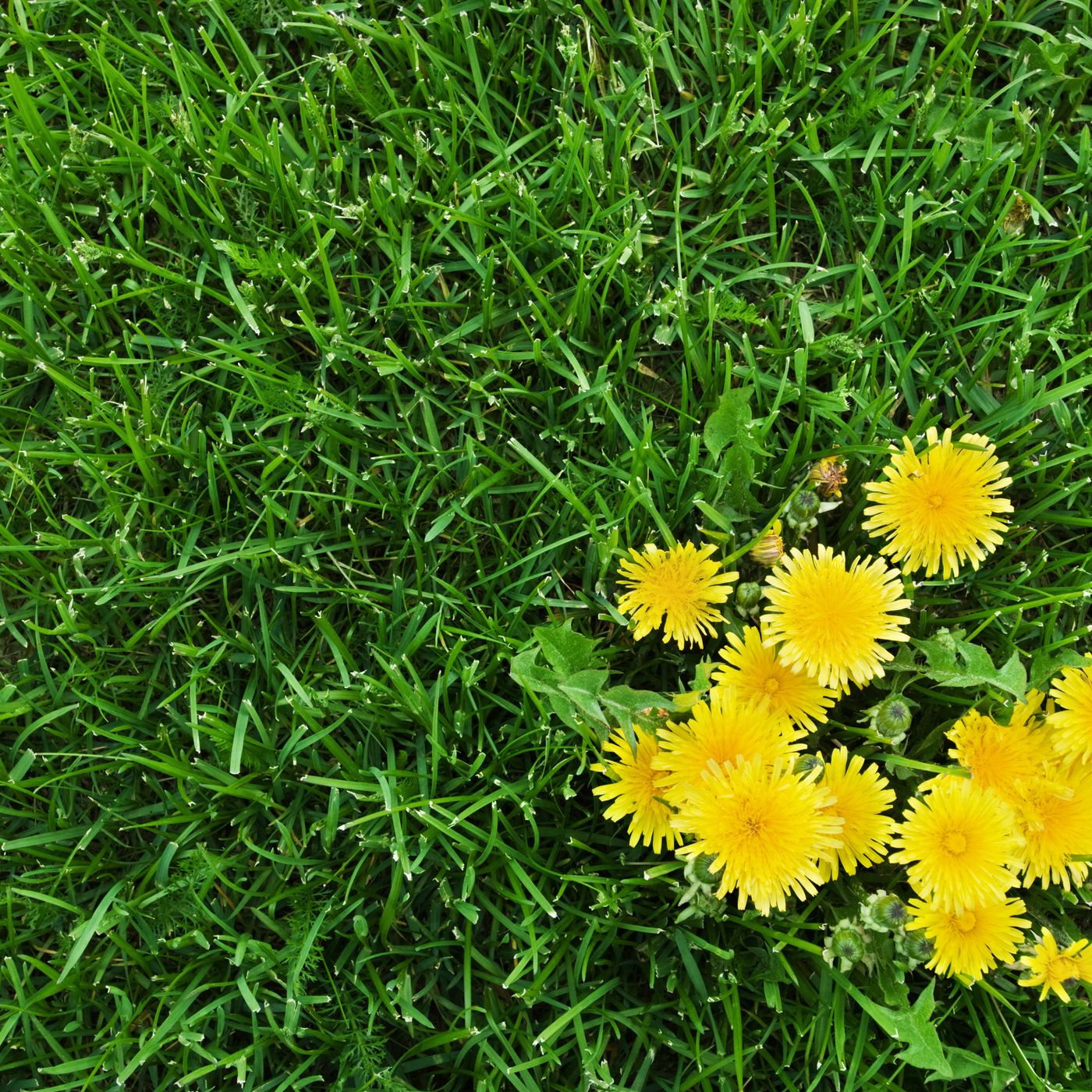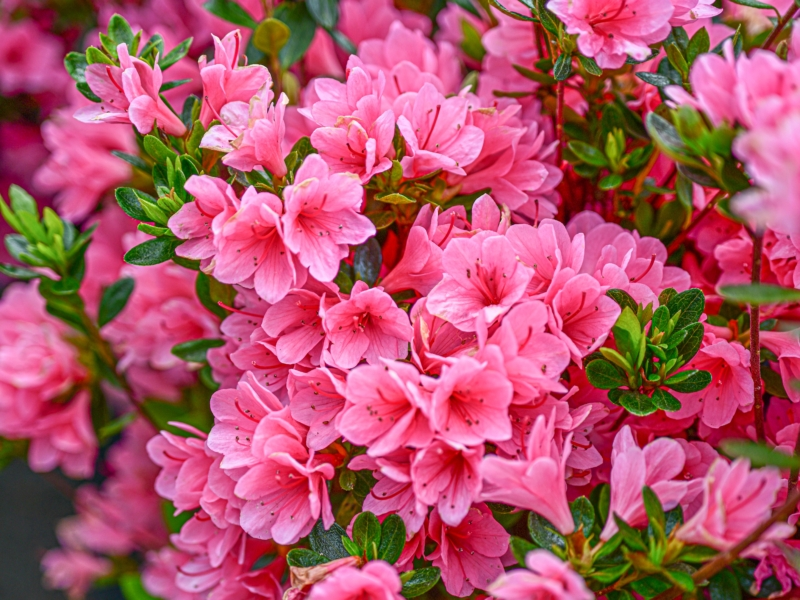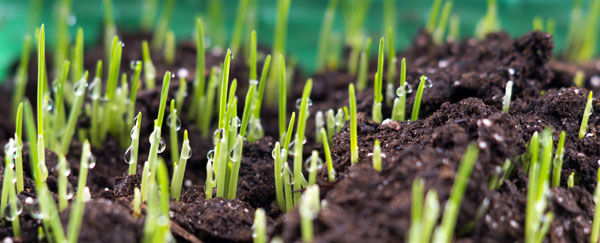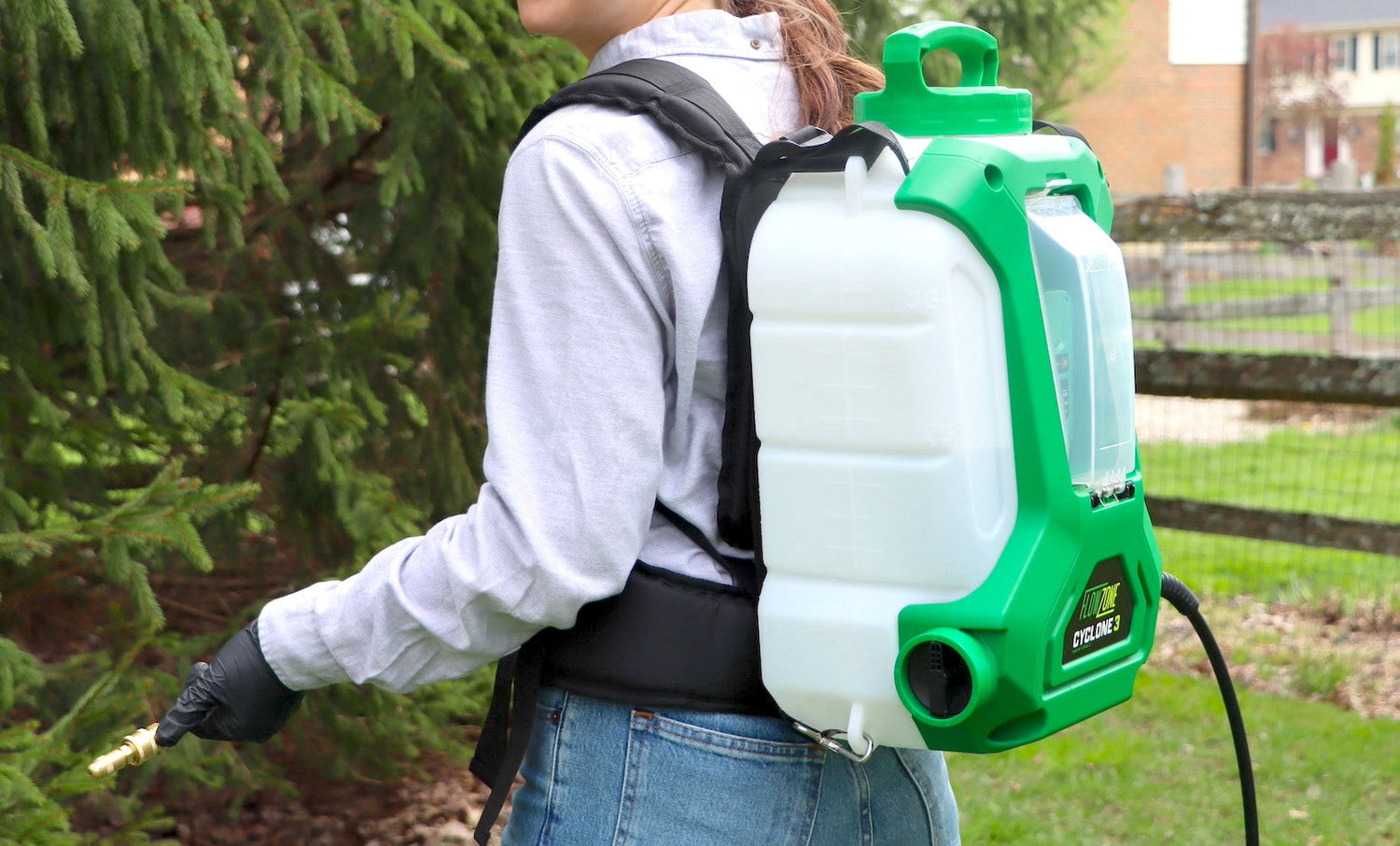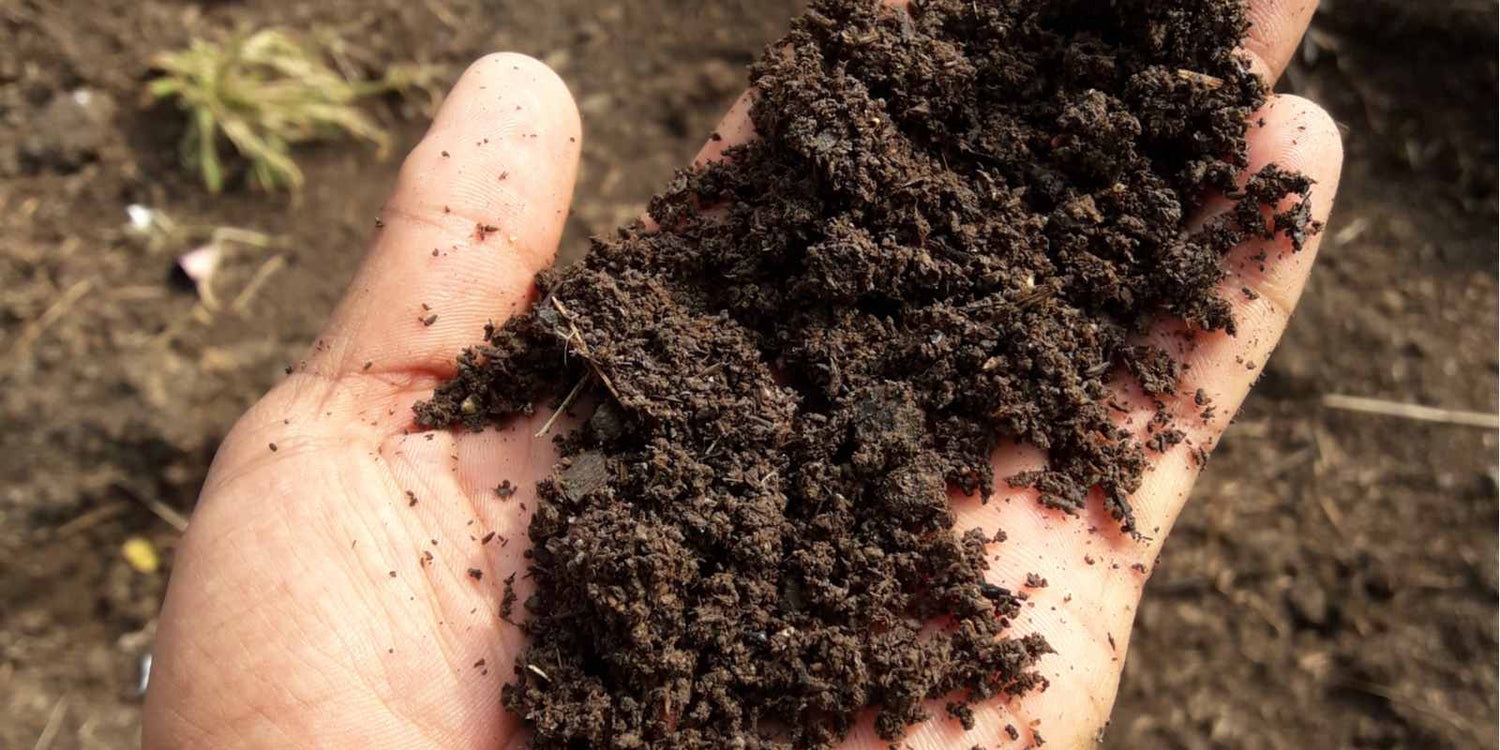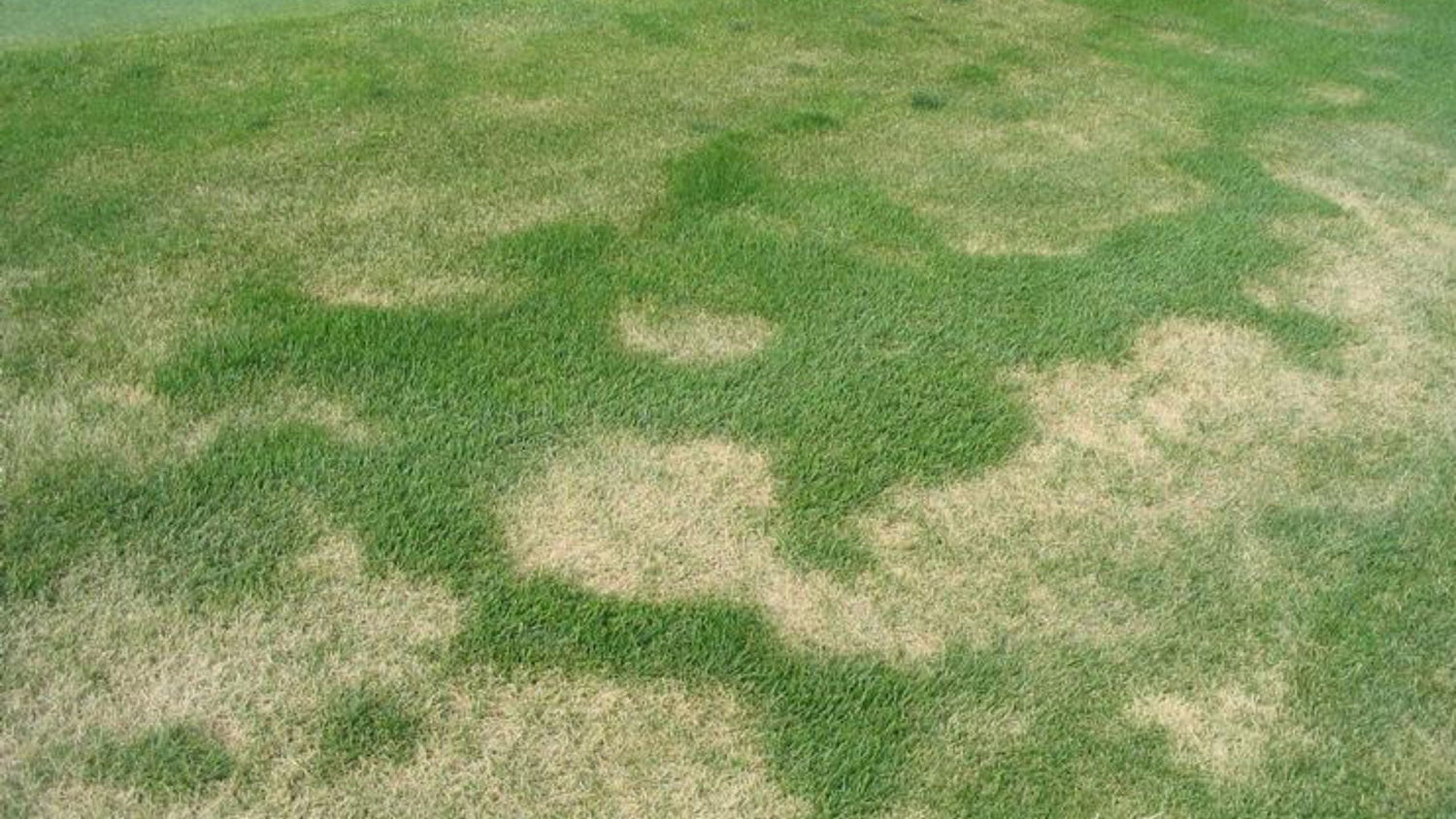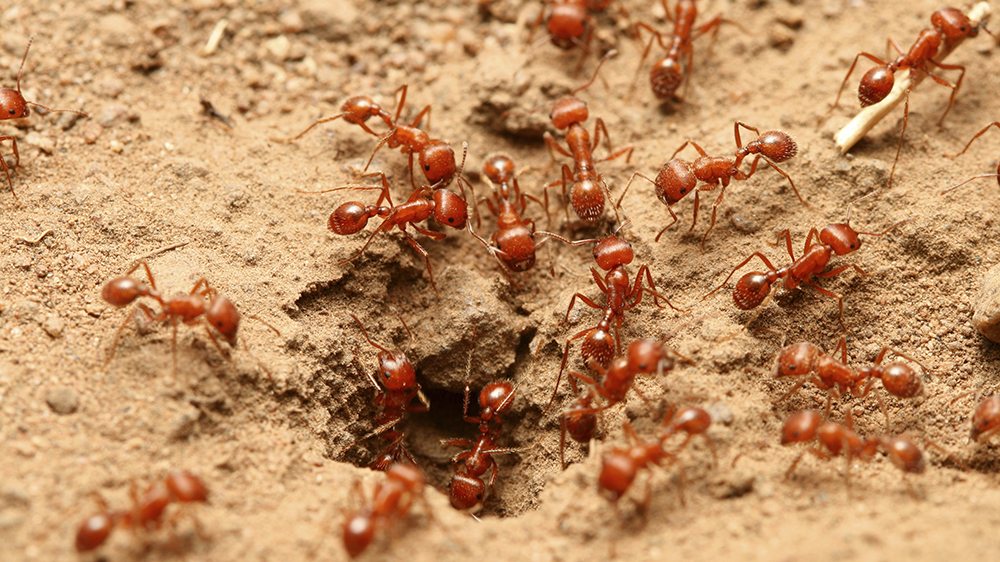Centipede Grass Fertilizer
-
Safeguard 0-0-7 Pre-emergent Fertilizer
Regular price From $39.99Regular priceUnit price per -
Guardian Pre-emergent 13-0-10 Fertilizer
Regular price From $39.99Regular priceUnit price per -
Emerald 10-0-20 Lawn Fertilizer
Regular price From $39.99Regular priceUnit price per -
NutriGreen 0-0-4 Fertilizer
Regular price From $44.99Regular priceUnit price per -
BioBoost 5-3-0 Organics Lawn Fertilizer with 2% Iron
Regular price From $39.99Regular priceUnit price per
What Centipede Grass Likes
Centipede grass is known as a “lazy” grass due to its slower growth and lower nutrient requirements compared to other warm-season grasses. It thrives in acidic soils with a pH between 5.0 and 6.0 and prefers minimal nitrogen input. Centipede grass appreciates:
- Low to moderate nitrogen levels.
- A balanced ratio of phosphorus and potassium.
- Iron supplements to maintain a rich green color without over-fertilizing.
How Much Nitrogen Does Centipede Grass Need?
Centipede grass typically requires only 1 to 2 pounds of nitrogen per 1,000 square feet per year. Excessive nitrogen can cause thatch buildup, promote disease, and damage the delicate turf. For best results:
- Apply nitrogen in small amounts every six weeks during the growing season.
- Use fertilizers with a lower nitrogen concentration, such as 10-0-20 or 5-3-0 blends.
Best Fertilizer for Centipede Grass
The best fertilizers for centipede grass are those designed to meet its low-nitrogen, balanced-nutrient needs. Look for:
- Slow-release fertilizers: These provide consistent feeding without overwhelming the grass.
- High-iron formulas: Products containing iron help keep your centipede lawn green and healthy without excess nitrogen.
- Low-phosphorus blends: Since centipede grass rarely requires high phosphorus levels, avoid products with high middle numbers (e.g., 20-20-20).
Recommended Products:
- 10-0-20 with Iron: Ideal for consistent growth and color.
- 0-0-4 Iron and Micronutrients: Provides micro nutrition for centipede lawns in need of a nutrient boost without nitrogen.
- 0-0-7 Safeguard: A pre-emergent option for weed control without excessive nutrient input.
Centipede Grass Fertilizer Schedule
A well-planned fertilizer schedule ensures your centipede lawn gets exactly what it needs without over-fertilizing. Here’s a suggested schedule:
- January/February (Early Spring): Apply a 0-0-7 pre-emergent to prevent weed seed germination.
- March/April (Spring): Apply a low-nitrogen fertilizer (e.g., 13-0-10) to stimulate early growth.
- May/June (Early Summer): Use 10-0-20 with Iron for steady growth and vibrant color.
- July/August (Mid-Summer): Apply 0-0-4 every six weeks.
- September/October (Fall): Apply a dose of 0-0-7 or 10-0-20 to prepare the lawn for dormancy.
Note: Avoid applying nitrogen after September in most regions to prevent stress during dormancy.
What Not to Do When Fertilizing Centipede Grass
While centipede grass is relatively forgiving, improper fertilization can harm your lawn. Here are the top mistakes to avoid:
- Over-fertilizing: Too much nitrogen can lead to thatch buildup, yellowing, and increased susceptibility to disease.
- Using high-phosphorus fertilizers: Centipede grass rarely needs extra phosphorus; excessive amounts can harm the lawn.
- Ignoring soil pH: Centipede grass thrives in acidic soil; ensure the pH stays between 5.0 and 6.0 with periodic soil testing.
- Applying fertilizer during dormancy: Avoid fertilizing when the grass is not actively growing, as it wastes resources and risks nutrient runoff.
Additional Tips for a Healthy Centipede Lawn
- Water deeply but infrequently to encourage deep root growth.
- Aerate annually to improve soil health and prevent compaction.
- Mow at 1.5 to 2 inches to maintain optimal health and appearance.
- Test your soil every 1-2 years to adjust nutrient applications as needed.
By following this guide and using the right products at the right time, you can enjoy a beautiful, low-maintenance centipede lawn year-round. For the best centipede grass fertilizers and expert advice, explore our premium selection tailored specifically for warm-season grasses like centipede.

